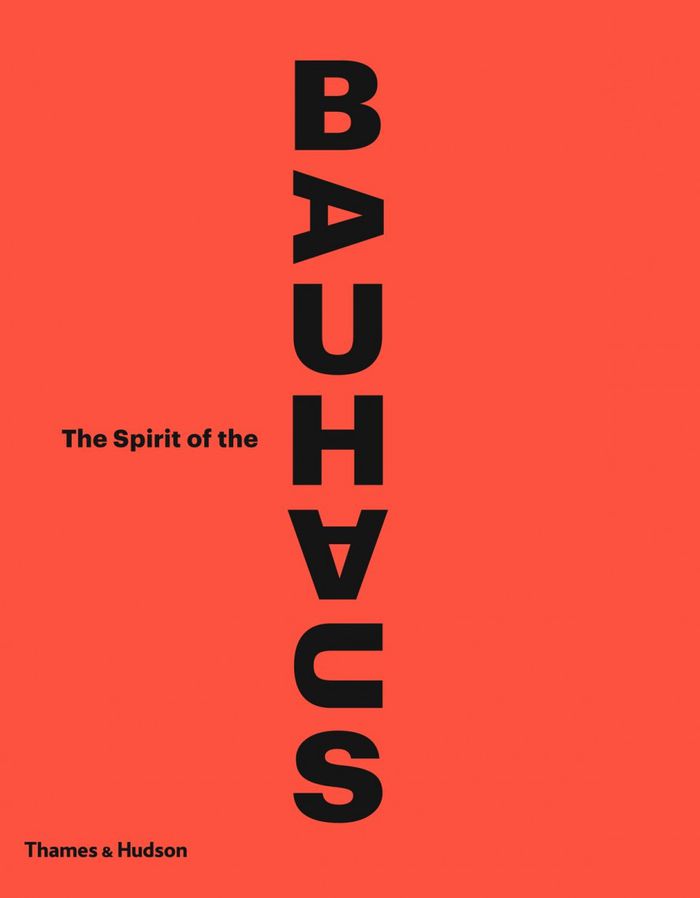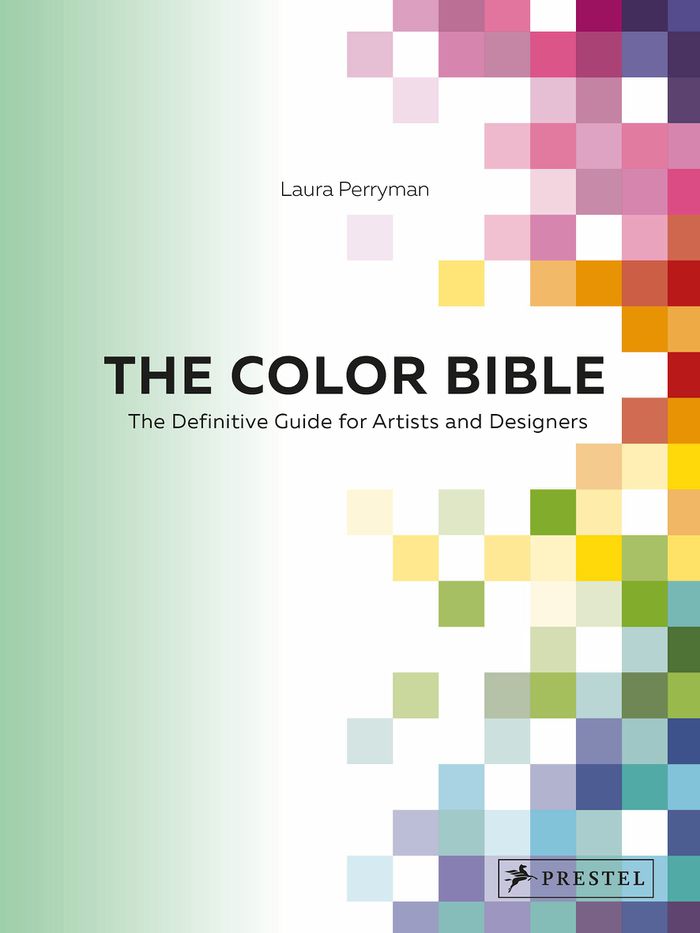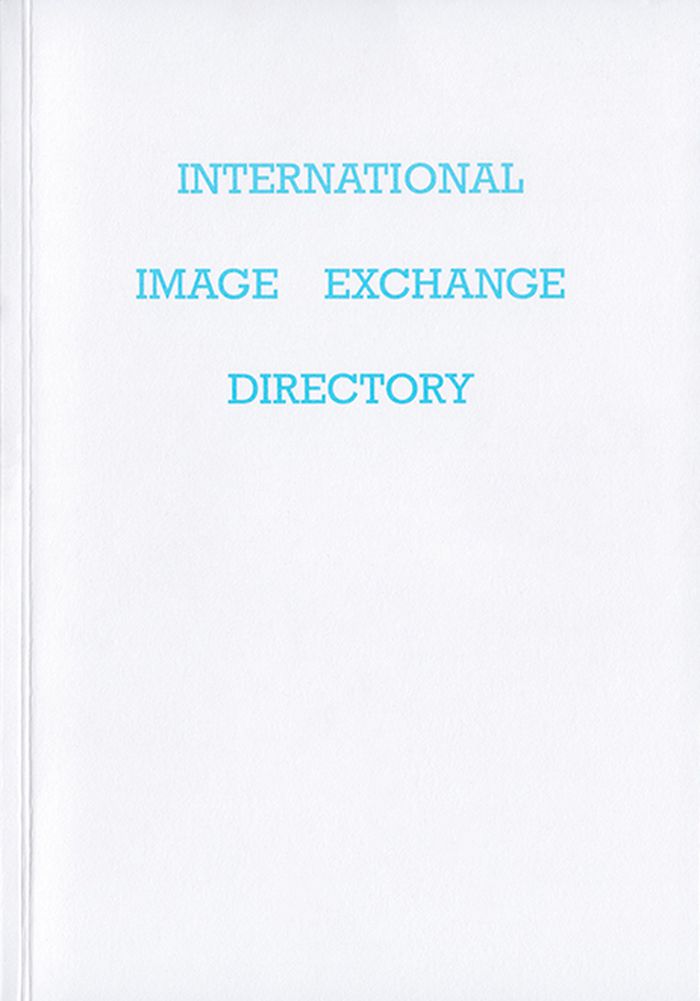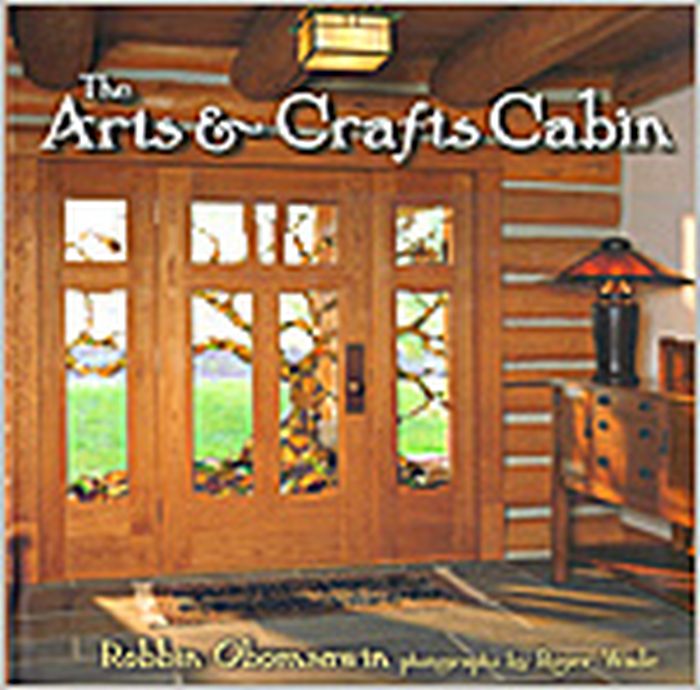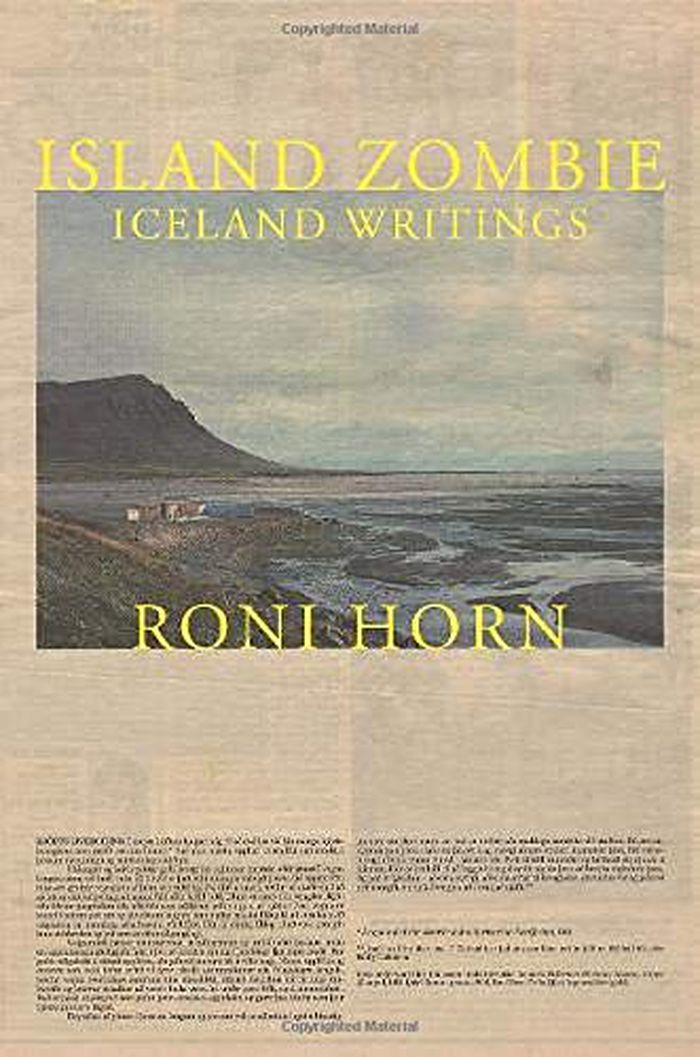The spirit of the Bauhaus
$66.00
(disponible sur commande)
Résumé:
“Architects, sculptors, painters, we all must return to the crafts!” declared architect Walter Gropius in his Bauhaus manifesto. Founded in 1919 as an art school in Weimar, the Bauhaus established itself as a major influence on twentieth- century art and design. Bauhaus students were taught by some of the most celebrated artists of the time, including Paul Klee, Lyonel(...)
The spirit of the Bauhaus
Actions:
Prix:
$66.00
(disponible sur commande)
Résumé:
“Architects, sculptors, painters, we all must return to the crafts!” declared architect Walter Gropius in his Bauhaus manifesto. Founded in 1919 as an art school in Weimar, the Bauhaus established itself as a major influence on twentieth- century art and design. Bauhaus students were taught by some of the most celebrated artists of the time, including Paul Klee, Lyonel Feininger, and Wassily Kandinsky. Having moved to Berlin in 1932 under architect Ludwig Mies van der Rohe, it was forced to close for good by the Gestapo in 1933. Uncovering the sources of inspiration that brought the Bauhaus into existence, from medieval cathedrals of Europe and Hokusai prints to William Morris and Arts and Crafts, The Spirit of the Bauhaus explores workshops and courses in detail, illustrating the extraordinary wealth of experimentation in every medium: ceramics, wood and metalwork, textiles, glass- painting, sculpture, mural, printing and binding, theater, architecture, and photography. This essential and accessible guide to the Bauhaus, published in time for the 100th anniversary of the school in 2019, celebrates a school that continues to be recognized as the most durable and influential source of modern ideas about art, design, and craft.
Modernisme
The color bible
$34.00
(disponible sur commande)
Résumé:
From ancient plant pigments that are revolutionizing contemporary fashion to new colors, such as the recently viral Millennial Pink, this wide-ranging deep dive into the world of color guides readers through the origins, connotations, specs, brand associations and artistic use of colors throughout history. Unfolding, like a rainbow, across the visible spectrum, the(...)
The color bible
Actions:
Prix:
$34.00
(disponible sur commande)
Résumé:
From ancient plant pigments that are revolutionizing contemporary fashion to new colors, such as the recently viral Millennial Pink, this wide-ranging deep dive into the world of color guides readers through the origins, connotations, specs, brand associations and artistic use of colors throughout history. Unfolding, like a rainbow, across the visible spectrum, the chapters are divided by basic color - from red to violet and including black and white - and introduced with engaging background information. Each chapter takes a closer look at a variety of specific shades in the color family, delving into cultural references that span fashion, art history, traditional and modern crafts, and product design. Readers will learn about woad - an ancient pigment that was employed by William Morris and has resurfaced in sustainable dyes - as well as the earliest known use of violet some 25,000 years ago. Each shade is accompanied by sidebars that offer technical specifications, mood connotations, and examples of its use in art and commerce. Informative and endlessly inspiring, this guide will be indispensable to anyone interested in how to use and combine colors in their life or work.
$25.00
(disponible en magasin)
Résumé:
Image Bank began compiling artist’s addresses and image requests to prompt correspondence artworks using the postal system in 1970. These requests first appeared in print in General Idea’s & AA Bronson’s FILE Megazine issues 1, 2 and 3, and they were published in their own volume in 1972 by Talonbooks. Nearly fifty years after its initial release, this revised facsimile(...)
International image exchange directory
Actions:
Prix:
$25.00
(disponible en magasin)
Résumé:
Image Bank began compiling artist’s addresses and image requests to prompt correspondence artworks using the postal system in 1970. These requests first appeared in print in General Idea’s & AA Bronson’s FILE Megazine issues 1, 2 and 3, and they were published in their own volume in 1972 by Talonbooks. Nearly fifty years after its initial release, this revised facsimile edition includes the original list of image requests from over 200 artists alongside examples of mail art from many compelling contributors as well as new archival images from Western Front and Michael Morris. ''Internation image exchange directory'' comprises an alphabetically ordered list of over 200 artist’s addresses and image requests. Looking at the publication now, the book itself could be seen perhaps as a white pages telephone book for mail art. In between the directory listings, pages of compelling visual imagery from selected contributors adds additional context as to what mail art looked like in its very beginning. The book's directory includes submissions from artists such as Anna Banana, Joseph Beuys, William Burroughs, Robert Cumming, Robert Filliou, General Idea, Gilbert and George, Ray Johnson, Sol Lewitt, Lucy Lippard, Ed Ruscha, Robert Rauschenberg and many more.
$90.00
(disponible en magasin)
Résumé:
"The anatomy of the architectural book" examines approaches to structuring, constructing and designing architectural books and traces how they have changed over time. The discipline has been exposed to debates, just as building construction has been exposed to the charms of book making. Examining the crossovers between book culture and building culture makes the axes(...)
The anatomy of the architectural book, 2nd edition
Actions:
Prix:
$90.00
(disponible en magasin)
Résumé:
"The anatomy of the architectural book" examines approaches to structuring, constructing and designing architectural books and traces how they have changed over time. The discipline has been exposed to debates, just as building construction has been exposed to the charms of book making. Examining the crossovers between book culture and building culture makes the axes visible along which architectural knowledge circulates through books into buildings and back – from the celebration of specific architectural practices to the production of unique books, using pages and print to convey architectural ideas. Dissecting a wealth of books through five conceptual tools – texture, surface, rhythm, structure and scale – André Tavares analyzes the material qualities of books in order to assess their crossovers with architectural knowledge. The detailed history of Sigfried Giedion’s Befreites Wohnen and the two incarnations of the Crystal Palace in Hyde Park and Sydenham provide a background that confront us not only with the rise of the industrialized book but also with the configuration of the book as a unique visual device. Richly illustrated with samples from the library of the Canadian Centre for Architecture, the volume discusses a wide range of authors, including Vitruvius, William Morris, Gottfried Semper, El Lissitzky and Le Corbusier.
Théorie de l’architecture
The Arts & Crafts cabin
$49.95
(disponible sur commande)
Résumé:
Take a tour through twenty-five modern log homes reborn in the Arts & Crafts tradition, and witness how Craftsman style combines with the latest in log hybrid architecture to create a totally new and unique genre of building in "The Arts & Crafts Cabin". In this new title from log building expert Robbin Obomsawin, the rich Arts & Crafts heritage of the late 1800s that(...)
The Arts & Crafts cabin
Actions:
Prix:
$49.95
(disponible sur commande)
Résumé:
Take a tour through twenty-five modern log homes reborn in the Arts & Crafts tradition, and witness how Craftsman style combines with the latest in log hybrid architecture to create a totally new and unique genre of building in "The Arts & Crafts Cabin". In this new title from log building expert Robbin Obomsawin, the rich Arts & Crafts heritage of the late 1800s that rebelled against mass-produced goods and the opulence of the Victorian era melds beautifully with the ideals of log home design and cabin living, where a simple life and appreciation for fine craftsmanship are held in the highest esteem. This new hybrid style incorporates the exquisite workmanship and sophistication that have become hallmarks of Arts & Crafts design with the warmth and comfort of log elements to create homes inspired by nature, creativity, and simple beauty. With one of the industry's premier photographers, Roger Wade, and the log industry's most prolific and respected author, Robbin Obomsawin, "The Arts & Crafts Cabin" uses spectacular colour photography, floor plans, and compelling historical text to showcase how the principles and philosophy of William Morris, Gustav Stickley, and Charles and Henry Greene combine with modern artistry to create some of the most exciting residential and recreational architecture being created today.
Architecture écologique
$45.00
(disponible sur commande)
Résumé:
Contemporary artist Roni Horn first visited Iceland in 1975 at the age of nineteen, and since then, the island’s treeless expanse has had an enduring hold on Horn’s creative work. Through a series of remarkable and poetic reflections, vignettes, episodes, and illustrated essays, ''Island zombie'' distills the artist’s lifelong experience of Iceland’s natural environment.(...)
Island zombie: Iceland writings
Actions:
Prix:
$45.00
(disponible sur commande)
Résumé:
Contemporary artist Roni Horn first visited Iceland in 1975 at the age of nineteen, and since then, the island’s treeless expanse has had an enduring hold on Horn’s creative work. Through a series of remarkable and poetic reflections, vignettes, episodes, and illustrated essays, ''Island zombie'' distills the artist’s lifelong experience of Iceland’s natural environment. Together, these pieces offer an unforgettable exploration of the indefinable and inescapable force of remote, elemental places, and provide a sustained look at how an island and its atmosphere can take possession of the innermost self. ''Island zombie'' is a meditation on being present. It vividly conveys Horn’s experiences, from the deeply profound to the joyful and absurd. Through powerful evocations of the changing weather and other natural phenomena- the violence of the wind, the often aggressive birds, the imposing influence of glaciers, and the ubiquitous presence of water in all its variety- we come to understand the author’s abiding need for Iceland, a place uniquely essential to Horn’s creative and spiritual life. The dramatic surroundings provoke examinations of self-sufficiency and isolation, and these ruminations summon a range of cultural companions, including El Greco, Emily Dickinson, Judy Garland, Wallace Stevens, Edgar Allan Poe, William Morris, and Rachel Carson. While brilliantly portraying nature’s sublime energy, Horn also confronts issues of consumption, destruction, and loss, as the industrial and man-made encroach on Icelandic wilderness.
